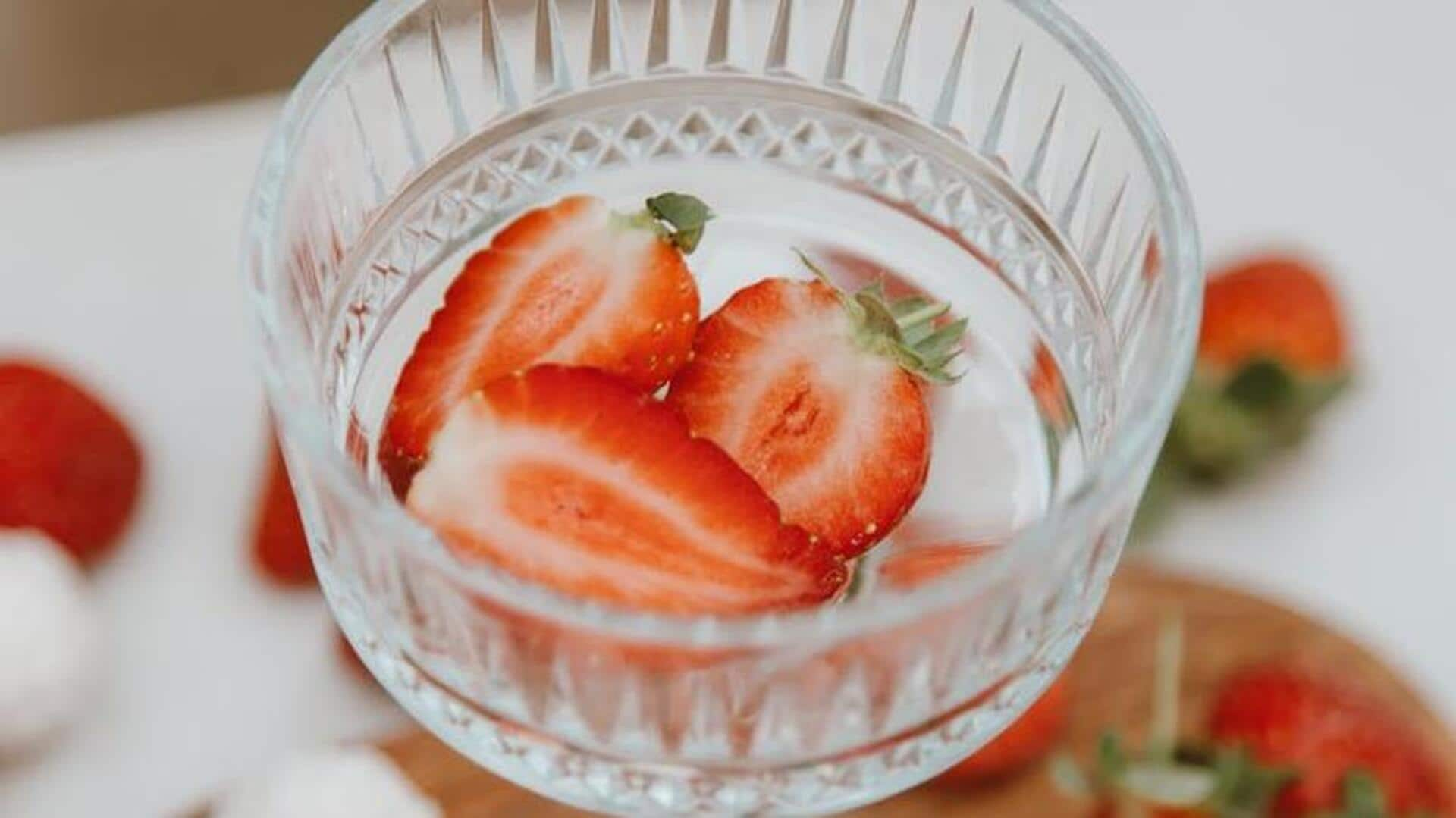
Brightening smile with strawberry polish perfection
What's the story
Strawberries aren't just a tasty treat—they're also nature's secret weapon for a gorgeous smile!
Packed with vitamin C and malic acid, strawberries can naturally remove surface stains on your teeth and make your smile shine brighter.
This article reveals easy, all-natural methods for using strawberries in your oral care routine.
Say goodbye to harsh chemicals and expensive treatments, and hello to a brighter, more beautiful smile!
Homemade paste
Natural strawberry toothpaste
To prepare your own strawberry toothpaste, simply mash one ripe strawberry and mix it with half a teaspoon of baking soda until a paste is formed.
Then, gently brush your teeth with this mixture for two minutes before rinsing thoroughly.
This natural remedy can be used once a week in addition to your regular dental care routine.
Gentle exfoliation
Strawberry and salt scrub
For a stronger stain remover, combine one mashed strawberry with a pinch of sea salt and half a teaspoon of baking soda.
This paste utilizes salt's abrasive properties as a gentle exfoliant, effectively lifting plaque and discoloration without damaging enamel.
Limit this scrub to once every two weeks to avoid excessive abrasion. This way, you can safely brighten your smile without compromising enamel health.
Daily diet
The power of eating strawberries
Daily consumption of strawberries can naturally whiten teeth. Their high vitamin C content helps remove plaque that causes yellowing.
Chewing strawberries stimulates saliva production, further cleaning teeth and gums by washing away food particles and bacteria.
Just four to five strawberries a day can make a noticeable difference in dental health and tooth brightness.
Safety first
Precautions when using strawberry treatments
Strawberry-based treatments do effectively whiten teeth naturally, but caution is advised due to their acidity, which can potentially damage tooth enamel if overused.
It's important to rinse or brush with fluoride toothpaste immediately following any strawberry treatment to neutralize the acids.
Restricting these treatments to once a week or once every two weeks strikes a balance between benefit and enamel preservation.